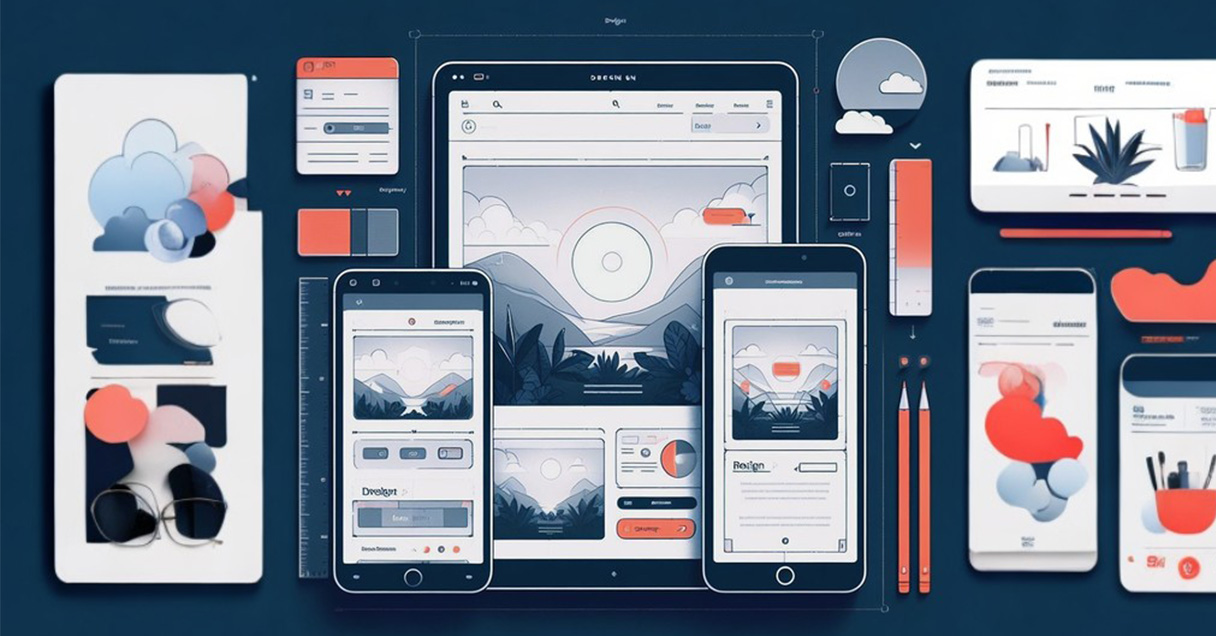Testing Content Readability Scores in Seattle: Tools and Techniques for Effective Content Assessment
 In today’s information-driven age, crafting content that is both informative and engaging is essential. However, amidst the creative process, one crucial aspect often overlooked is readability. Readability scores are fundamental in evaluating how easily readers can understand and engage with your content. In Seattle, a city renowned for its tech-savvy population and diverse community, Testing Content Readability Scores in Seattle is a critical step for content creators.
In today’s information-driven age, crafting content that is both informative and engaging is essential. However, amidst the creative process, one crucial aspect often overlooked is readability. Readability scores are fundamental in evaluating how easily readers can understand and engage with your content. In Seattle, a city renowned for its tech-savvy population and diverse community, Testing Content Readability Scores in Seattle is a critical step for content creators.
Testing Content Readability Scores in Seattle involves utilizing specialized tools and techniques to assess the clarity and accessibility of your written material. By doing so, you not only ensure that your content resonates with your unique audience but also enhance its search engine optimization (SEO) potential. In this article, we’ll explore the tools and techniques that will help you effectively assess and improve the readability of your content in the vibrant city of Seattle.
1. Leverage Readability Tools
There is a range of online tools available that are designed specifically to analyze and improve the readability of content. Tools such as Grammarly, Hemingway Editor, and Readable provide valuable insights into factors like sentence structure, word choice, and overall readability score.
2. Understand Readability Metrics
Familiarize yourself with the key readability metrics provided by these tools. Common metrics include the Flesch-Kincaid Grade Level, Gunning Fog Index, and Coleman-Liau Index. Each metric evaluates readability based on elements like sentence length, word complexity, and overall text structure.
3. Analyze Your Content
Input your content into the chosen readability tool. The tool will generate a readability score along with suggestions for improvement. Pay close attention to areas flagged for complex language, long sentences, or other readability issues.
4. Implementing Improvements
Based on the feedback from the readability tool, make necessary revisions to your content. This may involve simplifying complex sentences, replacing advanced vocabulary with more accessible alternatives, and breaking up long paragraphs for improved flow.
5. Consider Visual Elements
Incorporate relevant visual aids like images, infographics, and videos. Visual elements not only break up the text but also provide additional context and clarity to the information being presented.
6. Seek Feedback and Testing
Conducting tests with a sample audience or seeking feedback from peers can provide valuable insights into the readability of your content. Others may identify areas for improvement that you may have overlooked.
7. Regularly Review and Refine
Content readability is an ongoing process. Regularly reviewing and refining your content ensures that it continues to resonate with your audience and remains accessible over time.
In a city like Seattle, where innovation and tech-savviness thrive, testing content readability scores is a crucial step toward creating content that engages and informs a diverse audience. By following these techniques and utilizing the right tools, you can ensure that your content not only meets the needs of your Seattle readership but also stands out in the competitive online landscape. Remember, clear communication is the key to effective content.



